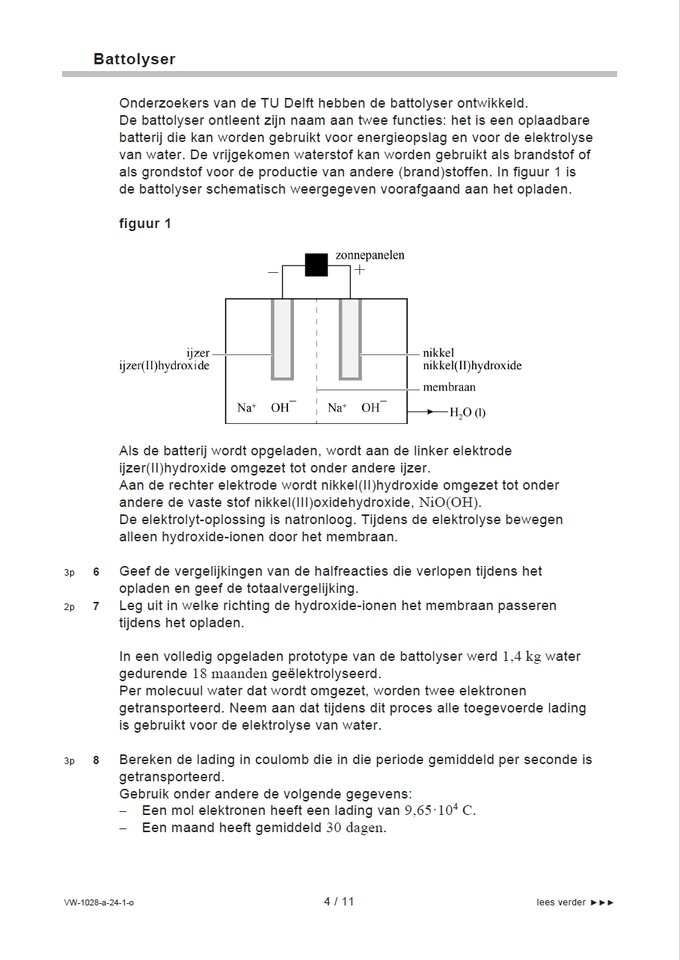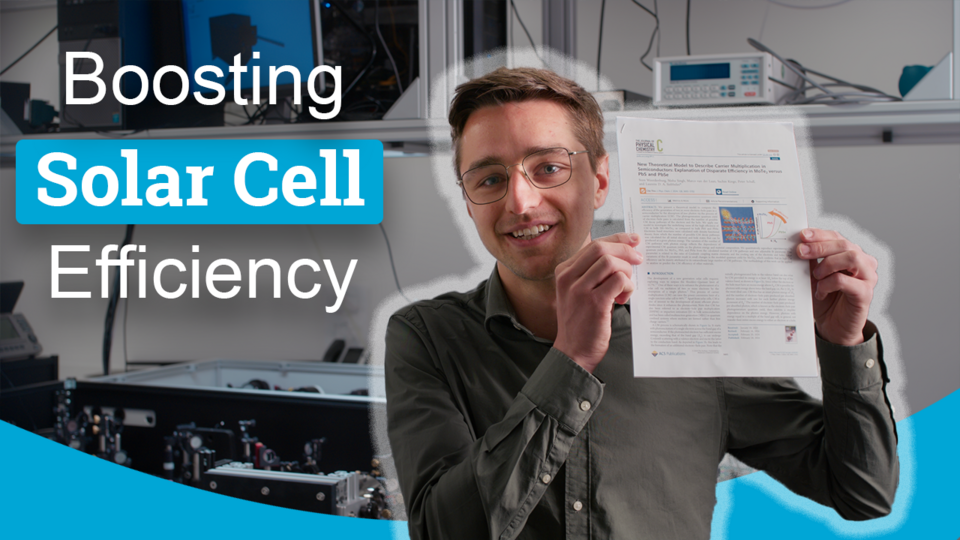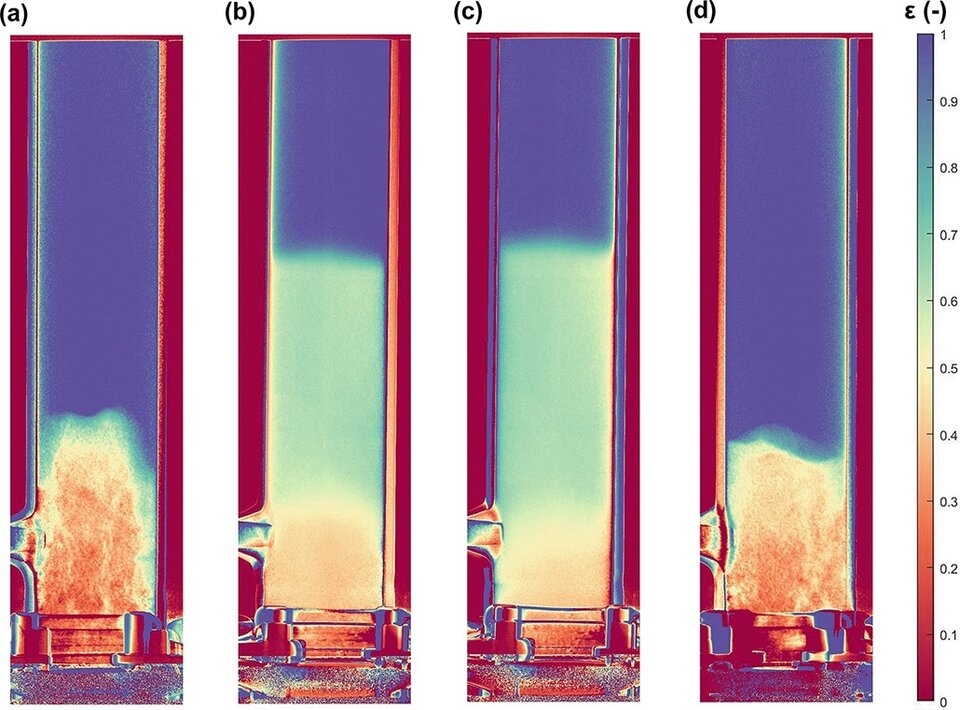Activeer hoog contrast
Ga naar hoofdcontent
News and Events
Bijoy Bera Educator of the Year in the BSc-MST and MSc-ChemE programmes
This year, Bijoy Bera – after a nomination by TG - was elected as Educator of the Year in the BSc-MST and MSc-ChemE programmes. At the same time he was also nominated by SV-Hooke as Educator of the Year in the Nanobiology programmes. Such a double nomination has never happened before. Although Bijoy Bera has been with TU Delft for only 4 years now, he has already become a vital teacher in the BSc-MST and MSc-ChemE programmes. Bijoy is described by students and colleagues as an incredibly dedicated, passionate, kind and sweet teacher teacher, who will go many extra miles to lead each individual student to understanding of the material. Bijoy often asks for feedback on the course during his lectures and processes it during the course itself. He tries to adapt and renew all his courses every year. In addition, he always answers questions quickly and is very accessible. If he realizes that a student is stressed, he always tries to reassure them. Also outside of class, and on topics that he doesn’t teach, students seek him out for explanations. This shows how very clear it is to the students that he cares and is approachable. In addition to all of this, Bijoy also supervises many BEP and MEP students and he puts a lot of effort into this. Many students describe him as the best teacher they have ever had. Students write: “Bijoy is always super clear.” “Bijoy teaches flawlessly.” “Bijoy did amazing, very structured.” “Bijoy always makes sure everyone is on the same page as him an completely understands what he is explaining.” “He is a really passionate, kind, sweet teacher. And he takes his student's wellbeing to heart.” “He is always prepared for the lectures and is always ready to help whenever students need it.” “Of all the teachers I have had, some stand out for their enthusiasm, willingness to help, clarity, and understanding of the fact that we are students with many courses. Bijoy Bera stands out for all of these reasons. If the class consensus is that we don't understand something, he is willing to alter his schedule to make sure we understand it first, instead of saying that we should just have understood by ourselves. Most importantly, Bijoy is fair, humble, kind, and fun.” “He connects with the students and is accessible.” With all this, it should be noted here that Bijoy teaches precisely the topics that students find very abstract and hard to grasp, like transport dynamics and process dynamics. So our hats off to his amazing didactical skills. Beyond developing and teaching his own courses, he also aids other teachers in developing their courses. For example when the Numerical Methods course was set up in a new format, using challenge-based learning, Bijoy was a vital to this development. Bijoy is a core of the TU Delft IDEE Retention team, in which he will co-supervisor a PhD student working on progression and retention of knowledge & skills. Bijoy with his team will explore how to enhance student’s progression and retention, using the bachelor Molecular Science and Technology as his `field lab’ and aims to translate the lessons learned to programs across TU Delft.
Near-Unity Photoluminescence Quantum Yield of Core-Only InP Quantum Dots via a Simple Postsynthetic InF3 Treatment
Quantum dots (QDs) are luminescent nanomaterials with size-dependent properties, high efficiency, and pure color. These properties make QDs suitable for a wide range of optoelectronic applications, such as displays, solar cells, and bioimaging. InP QDs are considered as the next generation of QDs because they comply with EU safety regulations. Until now, the efficiency of InP QDs without additional capping material has not been high enough to meet application requirements. With our developed treatment using InF3, we reach near unity efficiency for InP QDs. The treatment is applicable to InP from different sizes and made via different synthesis methods making it valuable for all kinds of applications. Maarten Stam, Guilherme Almeida, Reinout F. Ubbink, Lara M. van der Poll, Yan B. Vogel, Hua Chen, Luca Giordano, Pieter Schiettecatte, Zeger Hens and Arjan J. Houtepen Abstract Indium phosphide (InP) quantum dots (QDs) are considered the most promising alternative for Cd and Pb-based QDs for lighting and display applications. However, while core-only QDs of CdSe and CdTe have been prepared with near-unity photoluminescence quantum yield (PLQY), this is not yet achieved for InP QDs. Treatments with HF have been used to boost the PLQY of InP core-only QDs up to 85%. However, HF etches the QDs, causing loss of material and broadening of the optical features. Here, we present a simple postsynthesis HF-free treatment that is based on passivating the surface of the InP QDs with InF3. For optimized conditions, this results in a PLQY as high as 93% and nearly monoexponential photoluminescence decay. Etching of the particle surface is entirely avoided if the treatment is performed under stringent acid-free conditions. We show that this treatment is applicable to InP QDs with various sizes and InP QDs obtained via different synthesis routes. The optical properties of the resulting core-only InP QDs are on par with InP/ZnSe/ZnS core–shell QDs, with significantly higher absorption coefficients in the blue, and with potential for faster charge transport. These are important advantages when considering InP QDs for use in micro-LEDs or photodetectors. Maarten Stam Arjan Houtepen Read the publication here
A phase inversion strategy enables thicker NMC811 electrodes for high-energy density Li-ion batteries.
Increasing the electrode thickness, thereby reducing the proportion of inactive cell components, is one way to achieve higher-energy-density lithium-ion batteries. However, when thicker electrodes are produced using the state-of-the-art slurry casting/drying procedure, this results in higher electronic and ionic overpotentials and/or mechanical failure induced by binder migration. Ethanol-induced phase inversion can effectively address these issues, as the inclusion of this processing step can produce robust, thick battery electrodes with improved electrochemical performance. These electrodes achieve higher available storage capacity per square centimeter and volume, using proven scalable technologies. Pranav Karanth, Mark Weijers, Pierfrancesco Ombrini, Davide Ripepi, Frans Ooms e Fokko M. Mulder A recent publication describing how these high capacity electrodes were obtained and tested electrochemically can be found in: A phase inversion strategy for low-tortuosity and ultrahigh-mass-loading nickel-rich layered oxide electrodes: Cell Reports Physical Science H2020 project ‘SOLIDIFY’ Within the H2020 Solidify consortium comprised of, among others, IMEC, EMPA, Fraunhofer, VDL, Umicore, and TU Delft, research was performed to arrive at high energy density solid-state lithium-metal batteries. The phase inversion-based NMC-811 cathodes that were developed by researchers at MECS/ ChemE/ TNW have been selected for the demonstrators resulting from the project, where these electrodes are infiltrated with the solid electrolyte precursor to arrive at a solid cathode composite, and then combined with a thin solid-electrolyte separator and a lithium metal anode. Pranav Karanth Mark Weijers Fokko Mulder Read the publication here
Effect of vibrational modes on fluidization characteristics and solid distribution of cohesive micro- and nano-silica powders
Fluidization of powders with small particle sizes is typically troublesome due to their cohesive nature. These powders to not transition from a packed bed into a homogeneous fluidizing one upon the introduction of a gas flow. Rather, they tend to stay mostly stationary, forming vertical channels through which the gas can escape. Several methods have been studied to overcome this behaviour and initiate fluidization, one of which is vertical vibration. We hypothesized that a horizontal component of the vibration would be more effective in disrupting the channelling, since the vibration would work perpendicular to the channel direction. In our work we compared the fluidization quality of beds of micro- and nano-particles, subjected vertical and elliptical (a combination of vertical and horizontal) vibration. In contrast to our expectations, we found that adding a horizontal component mitigated the effect of the vibrations, to the point that channels mostly remained present in the bed, whereas solely vertically vibrated beds showed full fluidization. Additionally, utilizing sectional pressure drop measurements, we showed improvements in fluidization behaviour with respect to the superficial gas velocity, which could not be acquired through conventional indicators of fluidization. Finally, we confirmed our results by X-ray imaging, where the presence or absence of channels could easily be demonstrated. Rens Kamphorst, Kaiqiao Wu, Matthijs van Baarlen, Gabrie M.H. Meesters, J. Ruud van Ommen Rens Kamphorst Go to the publication
Dit onderdeel wordt voor u geblokkeerd omdat het cookies bevat. Wilt u deze content (en anderen) alsnog bekijken? Door hier op te klikken geeft u alsnog toestemming voor het plaatsen van cookies.






